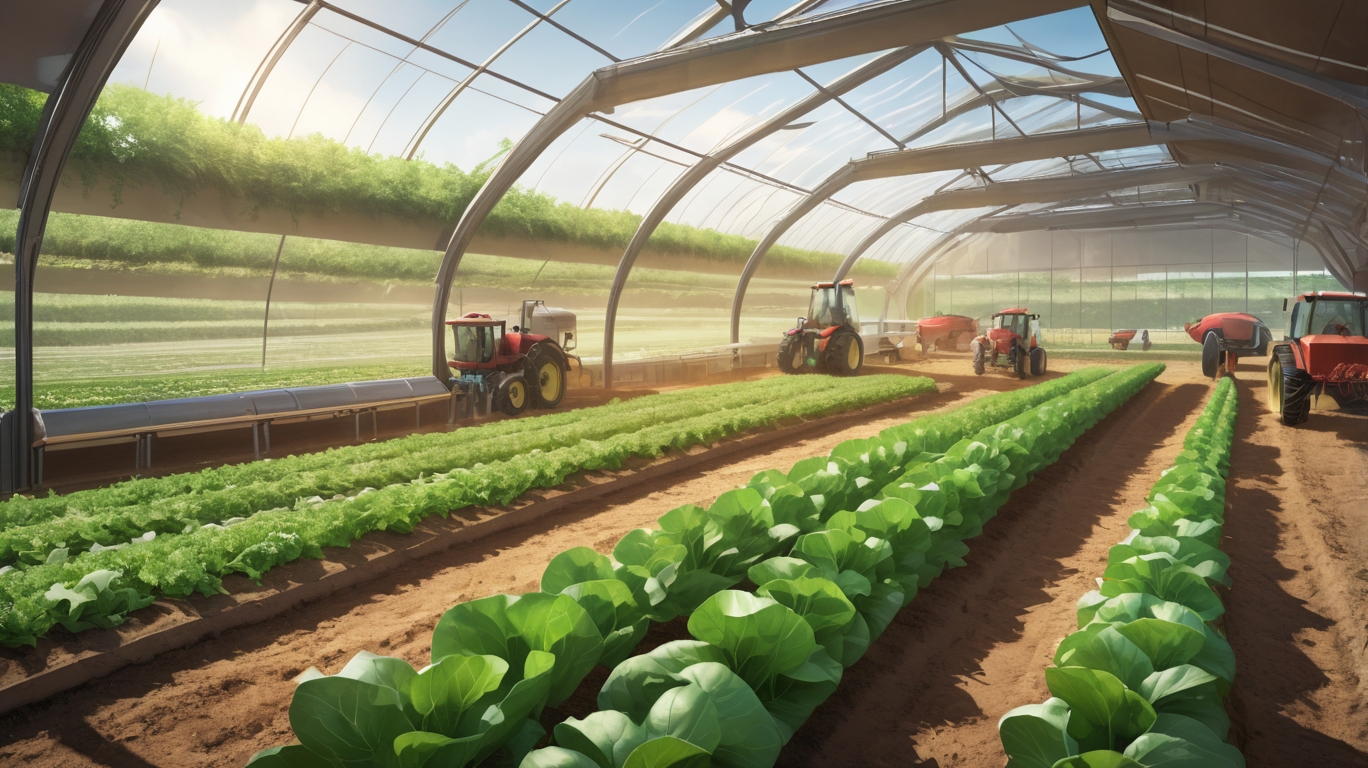Sustainable Farming Practices for the Future
As our world continues to evolve, so must our approach to agriculture. Sustainable farming is no longer just an option—it’s a necessity. With growing populations, climate change, and dwindling natural resources, farmers and consumers alike must embrace practices that nurture the land while ensuring long-term food security.
The good news? Sustainable farming is not only beneficial for the environment but also for farmers’ livelihoods and the quality of the food we eat. Here are some key practices shaping the future of agriculture.

1. Regenerative Agriculture
Regenerative agriculture goes beyond sustainability—it actively improves soil health, biodiversity, and water retention. Techniques like cover cropping, crop rotation, and reduced tillage help rebuild organic matter in the soil, making it more resilient to droughts and floods. Healthier soil also sequesters more carbon, playing a role in combating climate change.
2. Agroforestry
Integrating trees and shrubs into farmland provides shade, prevents soil erosion, and enhances biodiversity. Trees can also act as windbreaks, protect crops from extreme weather, and even provide additional income through fruits, nuts, or timber. Agroforestry is a harmonious way to blend agriculture with nature.
3. Precision Farming
Technology is transforming agriculture with precision farming techniques. GPS-guided equipment, drones, and soil sensors allow farmers to use water, fertilizers, and pesticides more efficiently. By applying resources only where needed, farmers reduce waste, lower costs, and minimize environmental impact.
4. Organic Farming
Avoiding synthetic pesticides and fertilizers, organic farming relies on natural processes to maintain soil fertility and control pests. While it requires more labor and knowledge, it produces healthier food and supports ecosystems. Consumers increasingly seek organic products, making it a viable economic choice for many farmers.
5. Water Conservation Methods
Water scarcity is a growing concern, making efficient irrigation essential. Drip irrigation, rainwater harvesting, and soil moisture monitoring help farmers use water wisely. In drought-prone areas, choosing drought-resistant crops can also make a significant difference.
6. Integrated Pest Management (IPM)
Instead of relying solely on chemical pesticides, IPM combines biological, cultural, and mechanical methods to control pests. Introducing beneficial insects, rotating crops, and using traps can reduce pest populations naturally, minimizing harm to the environment.
7. Local & Seasonal Farming
Supporting local farmers reduces the carbon footprint associated with long-distance food transport. Eating seasonal produce also ensures fresher, more nutritious food while aligning with natural growing cycles.
A Thoughtful Shift Forward
Sustainable farming is not about rejecting modern advancements but about balancing innovation with ecological wisdom. By adopting these practices, farmers can protect their land for future generations while producing abundant, high-quality food.
As consumers, we play a role too—by choosing sustainably grown products and supporting farmers who prioritize the planet. Together, we can cultivate a future where agriculture thrives in harmony with nature.
Would you like to explore any of these practices in more detail? Let us know in the comments! 🌱